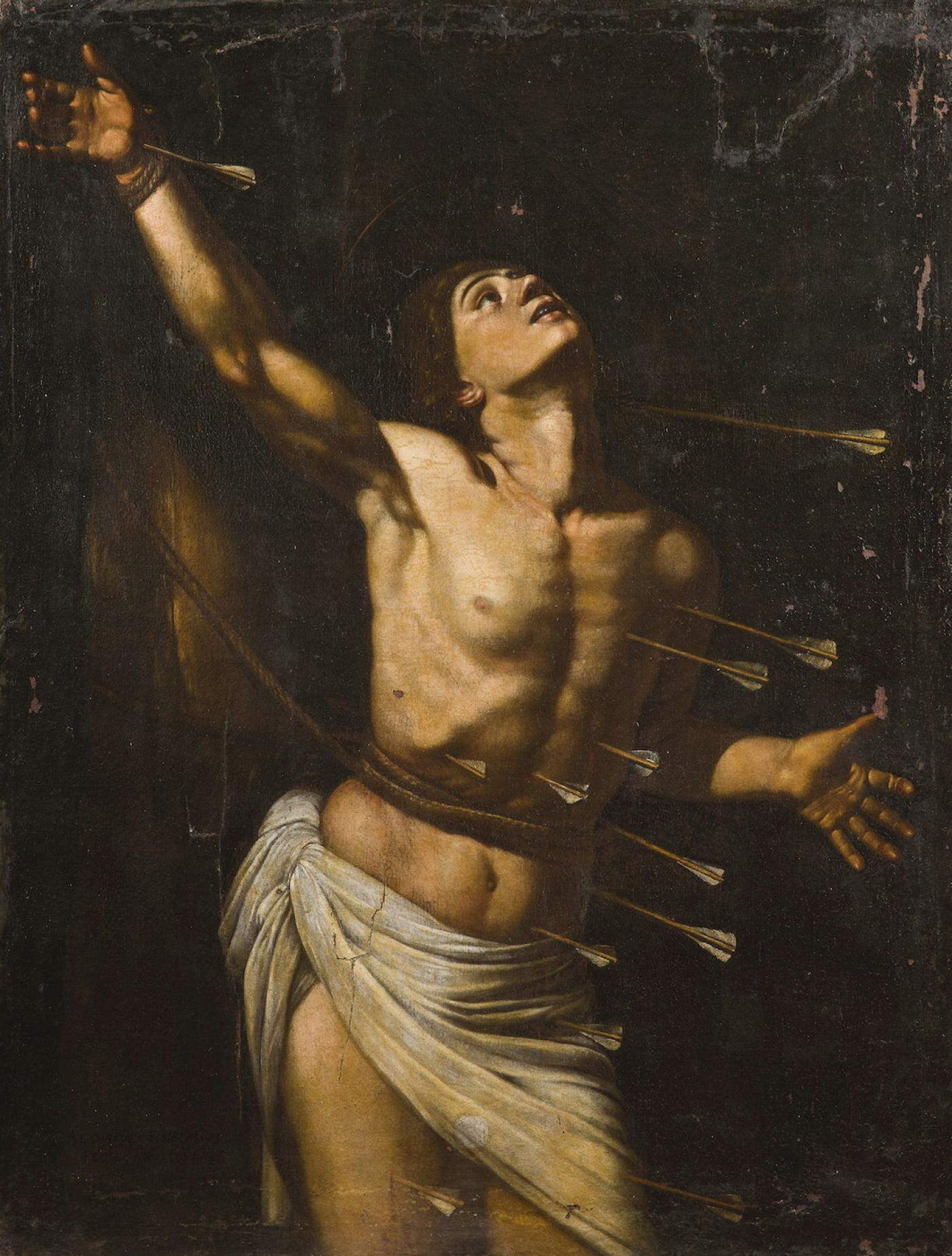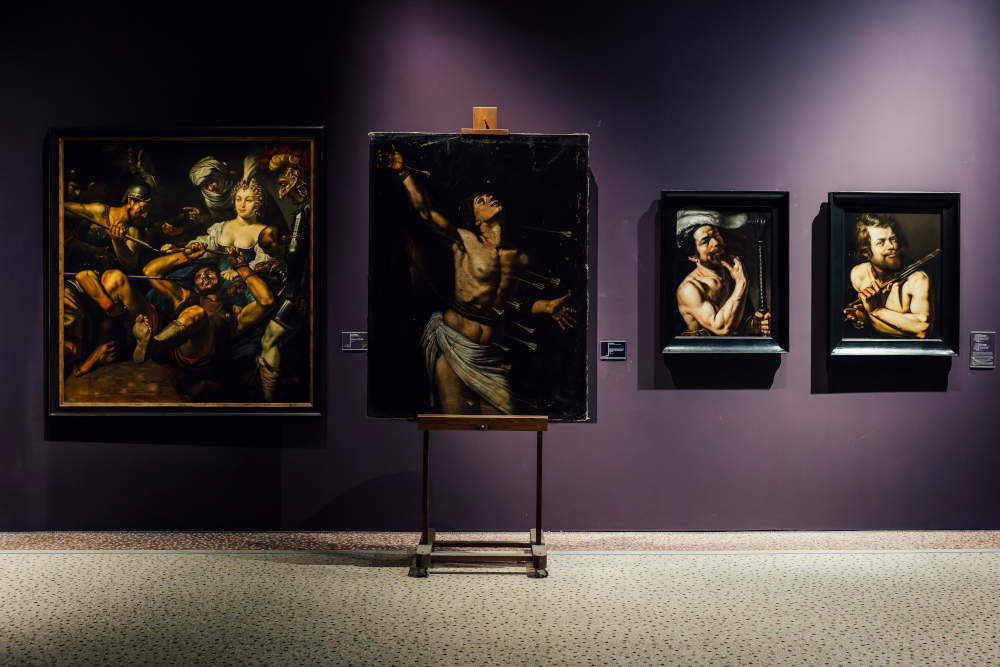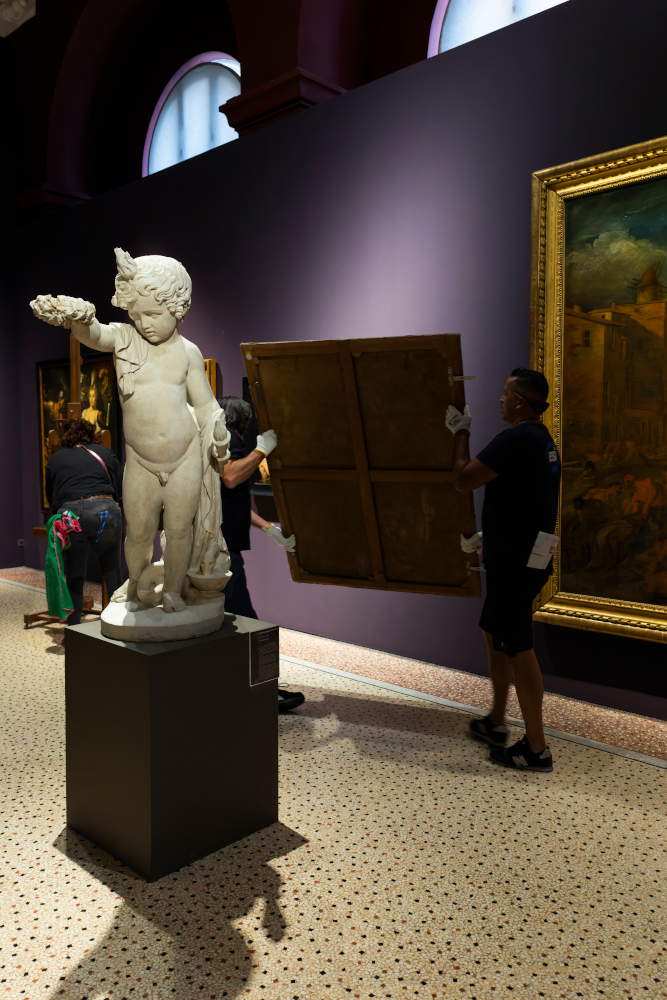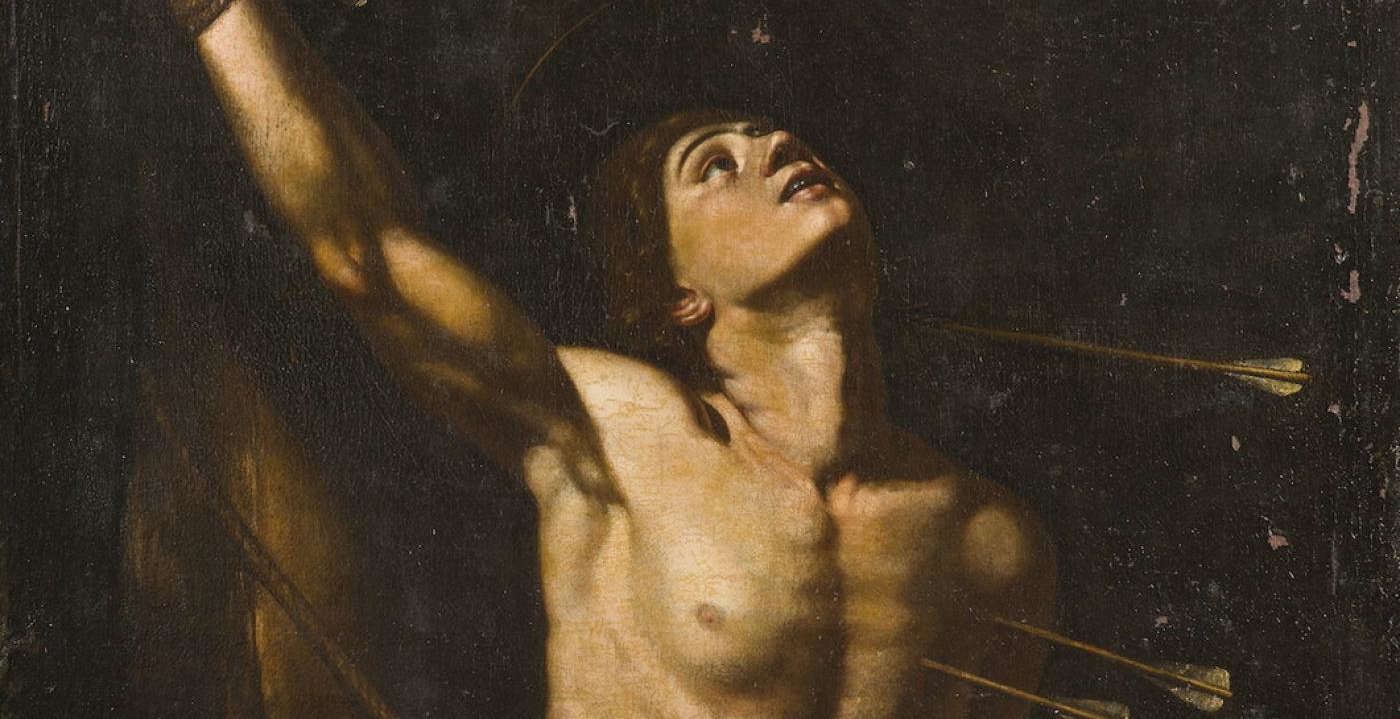The Musée des Beaux-Arts in Marseille is enriched by an extraordinary work: the Saint Sebastian by Louis Finson (Bruges, c. 1580-Amsterdam, 1617), a key figure in European Caravaggism, which officially entered the city’s collections thanks to a major donation. The work was auctioned last June at Drouot ’s in Paris, and went for the sum of 416,000 euros. It is, the museum notes, the museum’s most important acquisition since the season of the great legacies of Jules Cantini and Marie Grobet, dating from the early decades of the 20th century.
The painting, signed and dated 1612 during Finson’s stay in Naples, was donated to the city by the Fondation JG, housed at the Fondation La Sauvegarde de l’Art Français. The painting’s entry into the Marseille collections is intended to strengthen the fund dedicated to the masters of Caravaggism, which can already count on another work by Finson, Magdalene in Ecstasy, also kept at the Musée des Beaux-Arts. The public will be able to admire the work free of charge from October 3 to 5, 2025, in an exceptional exhibition at the museum’s headquarters. Afterwards, the Saint Sebastian will be sent to the Centre Interdisciplinaire de Conservation et de Restauration du Patrimoine (CICRP) for a restoration campaign. The final return to the museum’s halls is scheduled for the fall of 2026, when the work will permanently enter the exhibition itinerary.
The donation, in addition to its economic value, has historical and artistic significance far beyond the city’s borders. In addition to enriching the body of Caravaggio’s works in Marseille, the Saint Sebastian is also an essential piece in understanding the spread of Caravaggio’s pictorial language in Provence and France.



Louis Finson, born in Bruges around 1580, was one of the leading figures of international Caravaggism. After a period in Rome, he settled in Naples in 1605, where he came into contact with Caravaggio himself. His frequentation of the Lombard master’s atelier profoundly marked his production, which was marked by dramatic chiaroscuro and intense depiction of feelings. Finson was not only a painter but also an art dealer: he owned several original works by Caravaggio, including the Madonna of the Rosary, now in the Kunsthistorisches Museum in Vienna, and probably a still unidentified Judith and Holofernes.
The collaboration with Caravaggio left a clear mark on his work. Some paintings, such as the Magdalene in Ecstasy of 1612, testify to direct assimilation of the master’s innovations. The same is true of the Saint Sebastian, where the martyred body of the saint stands out in the half-light, between pathos and spirituality, with a theatricality that recalls Caravaggio’s painting. The upturned head, a recurring element in both works, highlights the desire to explore the extreme limit between physical pain and spiritual elevation.
The painting’s history is linked to Provence, where Finson moved in 1613, bringing with him some works of his own and perhaps still original paintings by Caravaggio. Active in Marseille, Aix-en-Provence, Arles, Toulouse and Paris, he helped spread Caravaggism in France. The Saint Sebastian remained in private Provençal collections from the 17th century until its recent reappearance on the market. Sold at auction in 2025, as mentioned above, it was acquired by the Fondation JG with the intention of donating it to Marseille, thus securing for the city a capital work for the study of Caravaggism.
The acquisition is part of a targeted enrichment of the Musée des Beaux-Arts collections, which has seen significant new additions in recent years, including Jean Daret’sAllegory of Spring , acquired in 2025. These operations aim to strengthen the museum’s vocation as a reference point for Mediterranean and European art, with a focus on the dialogue between Italy and Provence in the 17th and 18th centuries.
The temporary presentation of the painting in early October will offer visitors not only an opportunity to discover a rediscovered masterpiece, but also to understand the importance of restoration and conservation. The move to the CICRP will allow in-depth scientific analyses to be conducted to ensure the stability of the support and the legibility of the pictorial surface, with a view to its final exhibition.
The return of St. Sebastian to the museum, scheduled for 2026, will be accompanied by a rearrangement that will place the work in dialogue with Magdalene in Ecstasy. The two canvases, created in the same year, show how Finson knew how to decline Caravaggio’s language in a personal dimension, capable of combining Flemish rigor with Italian drama. This donation thus marks a significant milestone not only for the Marseille collections, but also for the study of European Caravaggism. Marseille, an artistic and commercial crossroads in the 17th century, now rediscovers a piece of its cultural history thanks to a gesture of patronage that recalls the city’s great traditions of generosity.
 |
| Marseille, donated to Musée des Beaux-Arts work by Louis Finson sold at auction for 416 thousand euros |
Warning: the translation into English of the original Italian article was created using automatic tools. We undertake to review all articles, but we do not guarantee the total absence of inaccuracies in the translation due to the program. You can find the original by clicking on the ITA button. If you find any mistake,please contact us.